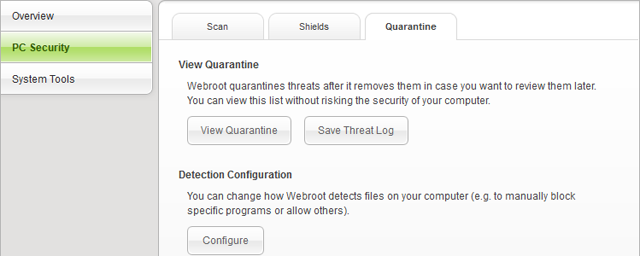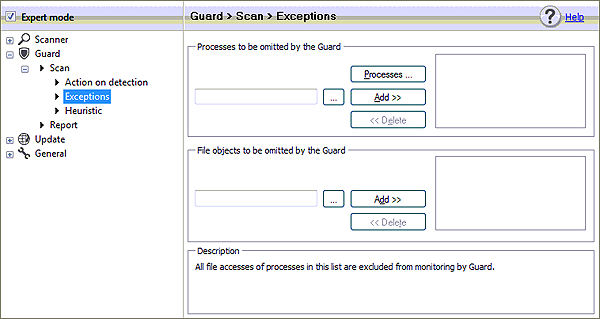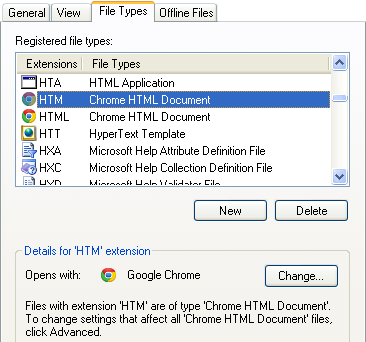One of the most important marketing materials a business can use is business brochures. Brochures are a great way to showcase products or services, and works well for people who skim and people who like to read details.
Of course, not all brochures are created equal. If your brochures aren’t catching people’s attention, or if you just aren’t sure where to start and don’t want to waste your time – use these tips to create a winning brochure that will bring in the business:
Clearly define your purpose. Before you even begin thinking of doing any brochure printing, you need to think about what you want your brochure to do for you. Is its purpose to introduce a new product or service? Is it a “get to know us” piece to let people know the history of your company? Who will receive it – potential customers, current customers? Knowing what result you want from the brochure will help you decide on the layout, font, colors, images – everything that goes into creating your brochure.
Choose a layout that pertains to your brochure purpose. The two most common brochure designs are the bi-fold and tri-fold. The bi-fold actually only has one fold – it’s a piece of paper folded in half, creating four panels. The tri-fold design is used more often than the bi-fold design. The tri-fold design has two folds, creating six panels. Your choice will most likely depend upon how much information you need to present: if you have more information you need more panels.
Write headlines for browsers and body copy for the detail oriented. Most people skim a brochure; they don’t read it word-for-word. This means you need to have headlines on each panel that has text, and those headlines need to be functional. Functional headlines tell the reader something important about the product or they may be commanding and tell the reader to do something, like “Call now.” The headlines should give the skimmers enough information to either entice them to read more, or take action, and the headlines should also give the detail-oriented people a reason to read the smaller text, or body copy. Headlines that tout the benefits of the product to the reader work best.
Use complementary colors. Be sure the colors you choose work well together and don’t contrast. Also make sure to limit yourself to two or three main colors so that your brochure isn’t distracting. Your printing company can help you with this.
Use quality paper. The feel of the brochure is almost as important as its look. If you use a thick, matte brochure paper, it gives the feeling that you are a serious company invested in quality. A slick, shiny and colorful brochure can say you are quality, but fun. Just be sure to use the highest quality paper you can afford – people won’t be impressed if they can see through one side of the brochure to the information on the other side.
Proofread, proofread, proofread. Your brochure cannot have any spelling or grammatical errors. Use your spellchecker, have your co-workers or family members look over it, hire a proofreader – do whatever it takes to guarantee your copy is error-free. People that see mistakes in your brochures will wonder what else you made a mistake on!
Of course, not all brochures are created equal. If your brochures aren’t catching people’s attention, or if you just aren’t sure where to start and don’t want to waste your time – use these tips to create a winning brochure that will bring in the business:
Clearly define your purpose. Before you even begin thinking of doing any brochure printing, you need to think about what you want your brochure to do for you. Is its purpose to introduce a new product or service? Is it a “get to know us” piece to let people know the history of your company? Who will receive it – potential customers, current customers? Knowing what result you want from the brochure will help you decide on the layout, font, colors, images – everything that goes into creating your brochure.
Choose a layout that pertains to your brochure purpose. The two most common brochure designs are the bi-fold and tri-fold. The bi-fold actually only has one fold – it’s a piece of paper folded in half, creating four panels. The tri-fold design is used more often than the bi-fold design. The tri-fold design has two folds, creating six panels. Your choice will most likely depend upon how much information you need to present: if you have more information you need more panels.
Write headlines for browsers and body copy for the detail oriented. Most people skim a brochure; they don’t read it word-for-word. This means you need to have headlines on each panel that has text, and those headlines need to be functional. Functional headlines tell the reader something important about the product or they may be commanding and tell the reader to do something, like “Call now.” The headlines should give the skimmers enough information to either entice them to read more, or take action, and the headlines should also give the detail-oriented people a reason to read the smaller text, or body copy. Headlines that tout the benefits of the product to the reader work best.
Use complementary colors. Be sure the colors you choose work well together and don’t contrast. Also make sure to limit yourself to two or three main colors so that your brochure isn’t distracting. Your printing company can help you with this.
Use quality paper. The feel of the brochure is almost as important as its look. If you use a thick, matte brochure paper, it gives the feeling that you are a serious company invested in quality. A slick, shiny and colorful brochure can say you are quality, but fun. Just be sure to use the highest quality paper you can afford – people won’t be impressed if they can see through one side of the brochure to the information on the other side.
Proofread, proofread, proofread. Your brochure cannot have any spelling or grammatical errors. Use your spellchecker, have your co-workers or family members look over it, hire a proofreader – do whatever it takes to guarantee your copy is error-free. People that see mistakes in your brochures will wonder what else you made a mistake on!


































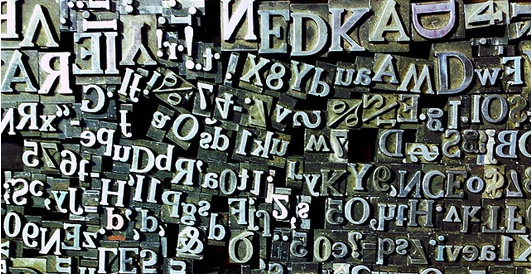
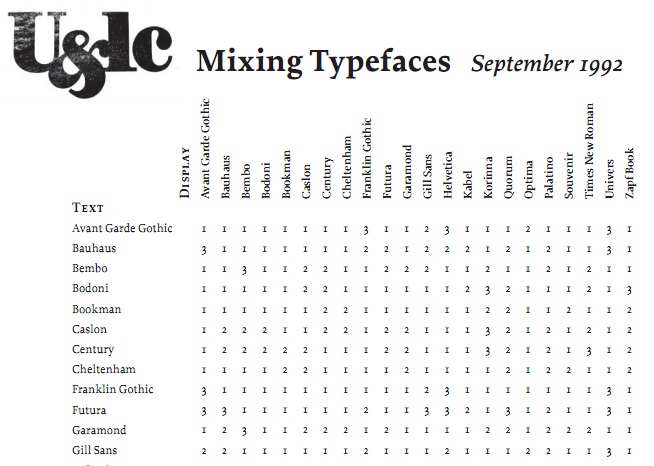
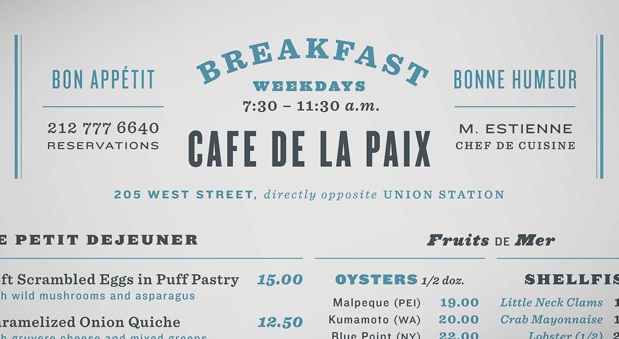

 button).
button).